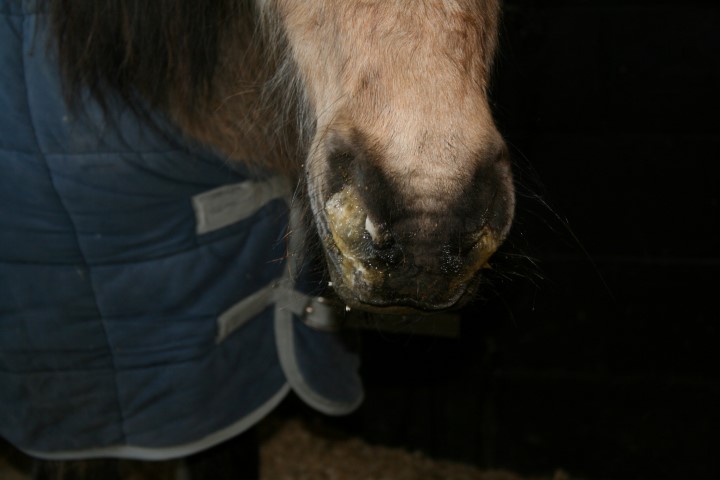Wounds

Cold hose with clean running water. Use diluted Hibiscrub if dirty. You can apply wound gel (e.g. Vetalintex). DO NOT apply Sudocream, Veterinary Wound Powder, blue/purple spray or anything similar – these will impede the vet’s assessment of the wound and may do more harm than good in some wounds.
If there is excessive bleeding, apply a clean, non-fluffy dressing (e.g. Animalintex, Melolin, clean tea towel or anything similar to keep pressure on) under a layer of gamgee and place a bandage firmly and evenly over the top. This will help to control the bleeding until the vet arrives. If the blood soaks through your dressing, apply more padding and pressure over the top – do NOT take off the original dressing.
Horse Very Lame – Swollen Leg
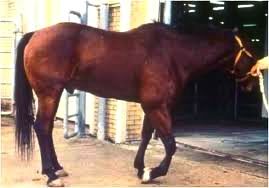
Swelling of the leg may be caused by a number of conditions, including a fracture. If the horse is willing to walk, move it to where you can cold hose the leg. Call the vet for a visit the same day if the horse will walk; immediate attention should be obtained for a horse that will not walk on a swollen limb. Make the area around the horse quiet and safe – restrain the horse.
Reluctance to Move, Sore Front Feet, Suspected Laminitis
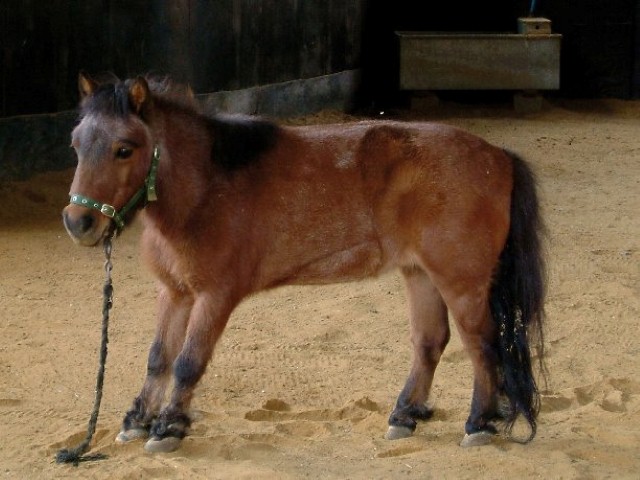
If the horse can walk, remove it from the grass and put it in a stable with a deep soft bed and call the vet immediately. Early treatment will improve your horse’s chance of making a good recovery. Do not force the horse to walk – this may cause further damage and make the condition worse.
Swollen Tendons
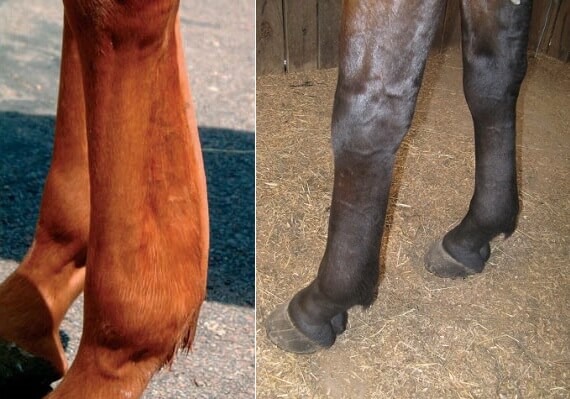
Contact your vet the same day for assessment as soon as possible – prompt veterinary drug administration improves the outcome enormously. Cold hose for 20 minutes four times a day and box rest.
Abdominal pain / colic / Sweating & change in behaviour
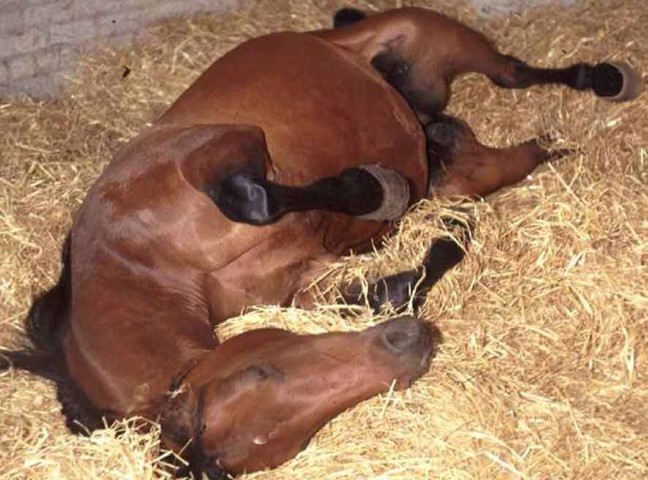
CALL YOUR VET STRAIGHT AWAY! (01728 685123)
Keep yourself and others safe – if your horse is throwing itself about, do not try to restrain it. If it is safe to do so and your horse is willing to walk, you can walk it in a safe environment such as a school or manege to stop it injuring itself by going down. Do not exhaust the horse by walking – this will reduce the chances of surviving surgery if that is necessary. Do not force the horse to walk – sometimes a horse that has tied-up will look colicky; tying-up will be worsened by forced exercise. You can allow a horse to quietly lay down whilst waiting for the vet.
Sore Eye
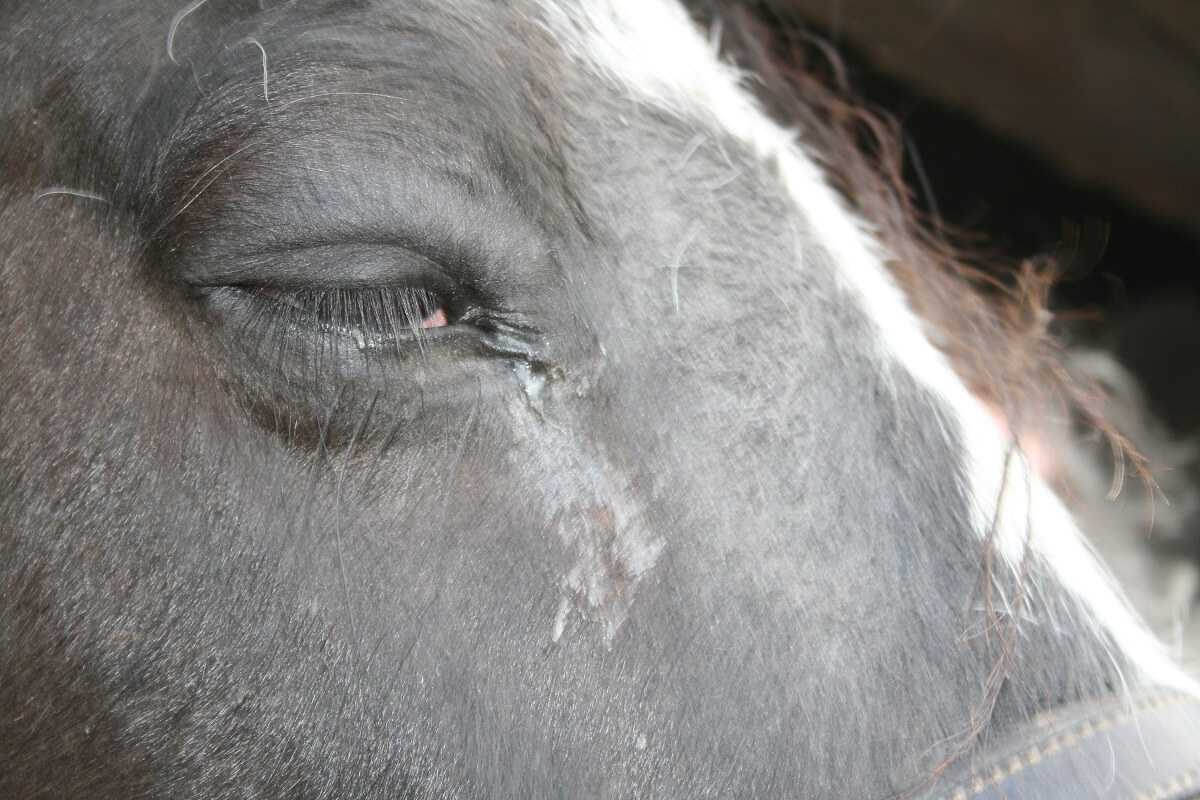
Holding one or both eyes shut, swollen eyelids, cloudy looking eye, excessive blinking, continuous discharge from one or both eyes, redness of the eye. Put the horse in a dark stable (sore eyes are very sensitive to bright light) or if this is not possible, put a mesh fly mask on the horse to shade the eyes. Call the vet out today – delays in the treatment of eye conditions can result in blindness.
Horse Suddenly Stops Eating

Horses with choke may suddenly stop eating and stand very quietly or get agitated (striking out or neck spasms). Some cases of choke will clear by themselves fairly quickly, but call the vet for advice immediately. They may have a lot of fluid coming down their nose, which can sometimes be mixed with food material. Allow the horse to stand with its head down, but do not allow it to eat any more until the choke is cleared. Horses with choke can become very violent, so be very careful if you have to handle them.
Always call your vet for advice 01728 685123
Emergency Calls – Call the vet immediately for: (01728 685123)
- Fractures
- Horse recumbent (down) and unable to stand
- Non-weight bearing lameness
- Large wounds (may need stitching)
- Colic signs
- Choke
- Not eating / drinking
- High temperature (>38.9°C)
- Horse will not move
- Sweating profusely
- Sudden or severe breathing problem
- Ulcerated, cloudy or punctured eye, or sudden onset blindness
- Continuous bleeding or arterial bleeding (blood squirts out in a stream)
- Sudden onset neurological signs (wobbliness, in-coordination, fitting, behaviour changes)
- Foaling difficulties
- Small wounds with more lameness than expected
Urgent Calls – Call the vet to see your horse within a few hours
- Dullness, lethargy
- Sudden onset lameness but horse still bearing weight on lame limb
- Laminitis
- Lymphangitis – increasingly filled leg/s and lameness
- Vague signs of illness – poor appetite, reduced amount of dung, dullness. If seen in a donkey, this becomes an emergency call
- Flare-up of Equine Asthma
Routine Calls – Make a scheduled appointment with your vet
- Intermittent or mild lameness
- Skin problems
- Non-painful eye with slight or intermittent discharge
- Reduced appetite with no other signs
- Nasal discharge without breathing difficulties
- Persistent coughing
- Any other concerns
Normal values for horse temperature (T), pulse (P) and respiratory rate (R)
T = 37.2 – 38 ºC (99-100.5 ºF). For a video on how to take a temperature https://youtu.be/hGR55Lkp6-w
P = 24 – 36 beats per minute (Thoroughbred lower end of range, pony upper)
R = 8 – 14 breaths per minute
A suggested First Aid Kit list can be found here
Last updated July 2019.
